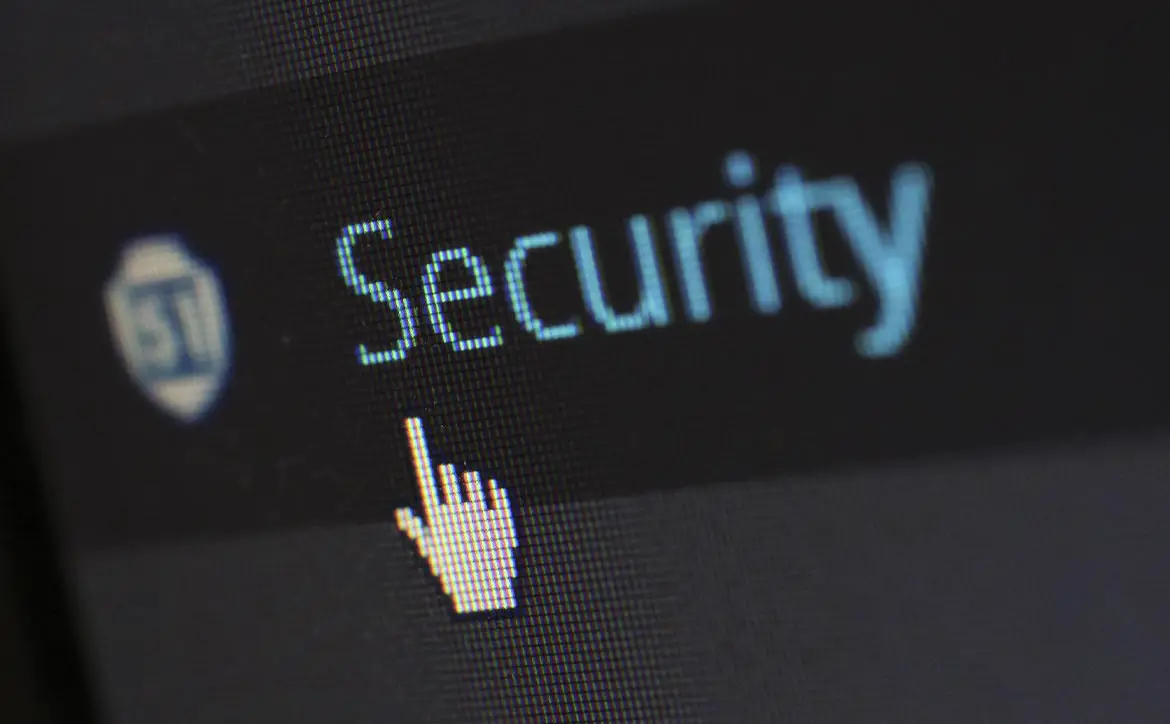The age of hybrid work is here. 76% of companies say they have shifted to a hybrid work strategy, splitting work hours between an office and remote environment. Only 11% of teams say they’re planning on going back to the office full-time.
Estimated reading time: 5 minutes
Implemented correctly, hybrid work represents a host of potential benefits for growing brands. Greater flexibility in your workforce helps you attract new talent in a skills-short marketplace, boost team productivity, and ensure engagement.
Unfortunately, the new shift to a different working style also gives way to potential challenges, particularly from a security and privacy perspective. Companies need to upgrade their security with endpoints and employees moving in and out of the workforce.
The Evolution of the Workplace: Rethinking Security
A couple of decades ago, the majority of corporate endpoints consisted of stationary PCs permanently fixed to the desk. Attack vectors available to break into these tools were slim. One of the first ransomware attacks was initially distributed at a WHO conference on 5.25-inch floppy disk.
Over the years, simple endpoint protection solutions gradually upgraded to include perimeter protections and essential tools for anti-virus protection. Companies had a clear view of their corporate boundaries and how far their defenses needed to stretch.
The endpoint repertoire is more significant than ever, including many devices ranging from virtual machines and servers to laptops, tablets, and smartphones. The increased mobility of devices powered by the culture of “work from anywhere” has taken the attack on vendors outside of corporate bounds.
Protecting your team in an age of hybrid work means thinking about the internet connections they use to link to your software ecosystem and the endpoint devices.
The Rise in Endpoint Attacks and Risks
According to Check Point Research (CPR), 2021 was a record-breaking year in terms of cyber security, with a 50% increase of cyberattacks globally. Around 1 in every 61 organizations globally faced a new ransomware attack every week.
Employees working from home or remotely are exposed to a host of attack vendors, from public charging points to unprotected internet. Every connection is a channel for malicious attacks. To make matters more complex, remote workers are beginning to think of their work endpoints like a personal device, allowing access to friends and relatives.
Endpoints are rapidly becoming the biggest security issue for the hybrid workforce. Even industry analysts like Deloitte say proper endpoint protection is essential to protecting corporate resources.
The Pillars of Better Hybrid Security

To survive in this new age of hybrid work, companies need to look at all of the potential entry points criminals might have to the business ecosystem through a hybrid employee.
Secure connections are only one piece of the puzzle, the pillars of better hybrid security start with endpoint strategies, such as:
Endpoint detection response
Comprehensive endpoint detection and response solutions are a critical investment for today’s business leaders. Leading software solutions like RAV endpoint protection combine the data protection elements of hybrid work security with an extra layer of endpoint protection for business leaders.
Rather than simply tracking malware, supporting secure browsing, and providing comprehensive ransomware defence, this technology takes a multi-pronged approach, considering both the endpoint, and the hybrid connection. The RAV antivirus service has an intelligent machine-learning enhanced engine capable of providing full visibility into every endpoint device in a network.
This end-to-end visibility allows IT professionals to spot potential threats instantly. Using the technology included with your endpoint response solution, you can immediately eliminate infected files and intrusions, remove access to crucial data, and defend against future threats.
Upholding device protection best practices
Outside of a comprehensive solution for UEM (Unified Endpoint Management), companies will also need to implement best practices around the hybrid work approach to managing endpoints. Most companies will need to adapt a zero-trust mindset. This means ensuring team members can’t simply access files and crucial tools without showcasing their identity.
Zero-trust strategies can involve the implementation of two-factor authentication technology, which ensures anyone who might have access to an endpoint that doesn’t belong to them will need to crack more than just the password code to gain entry.
Additionally, part of the device protection best-standards approach involves providing regular training and support for team members, covering essentials like monitoring for vulnerabilities, keeping software up-to-date and encrypting hard drives.
Unifying all security strategies
In the age of hybrid work, it’s important to remember it’s not just your team members that can work online or offline, but criminals too. A comprehensive approach to hybrid security involves combining all of the essentials of connectivity security, like secure browsing and ransomware protection, with endpoint preservation and detection.
For some companies, new policies may need to be implemented to help facilitate the secure use of devices inside and outside of the corporate ecosystem. Post-infection strategies will need to be implemented, including policies on when devices should be remotely wiped to prevent further attacks.
Stay Protected in the Age of Hybrid Work
Hybrid work solutions continue to gain ground as a competitive way for businesses to improve productivity, attract new talent, and drive business efficiencies. However, even with all the cost savings and opportunities, there are threats to consider.
Companies must ensure they are keeping their workforce protected in the age of hybrid work, by installing the right security solutions to minimize threats, while simultaneously addressing the concept of endpoint security.
What do you think of hybrid work? How do you secure your endpoints? Please share your thoughts on any of the social media pages listed below. You can also comment on our MeWe page by joining the MeWe social network.










